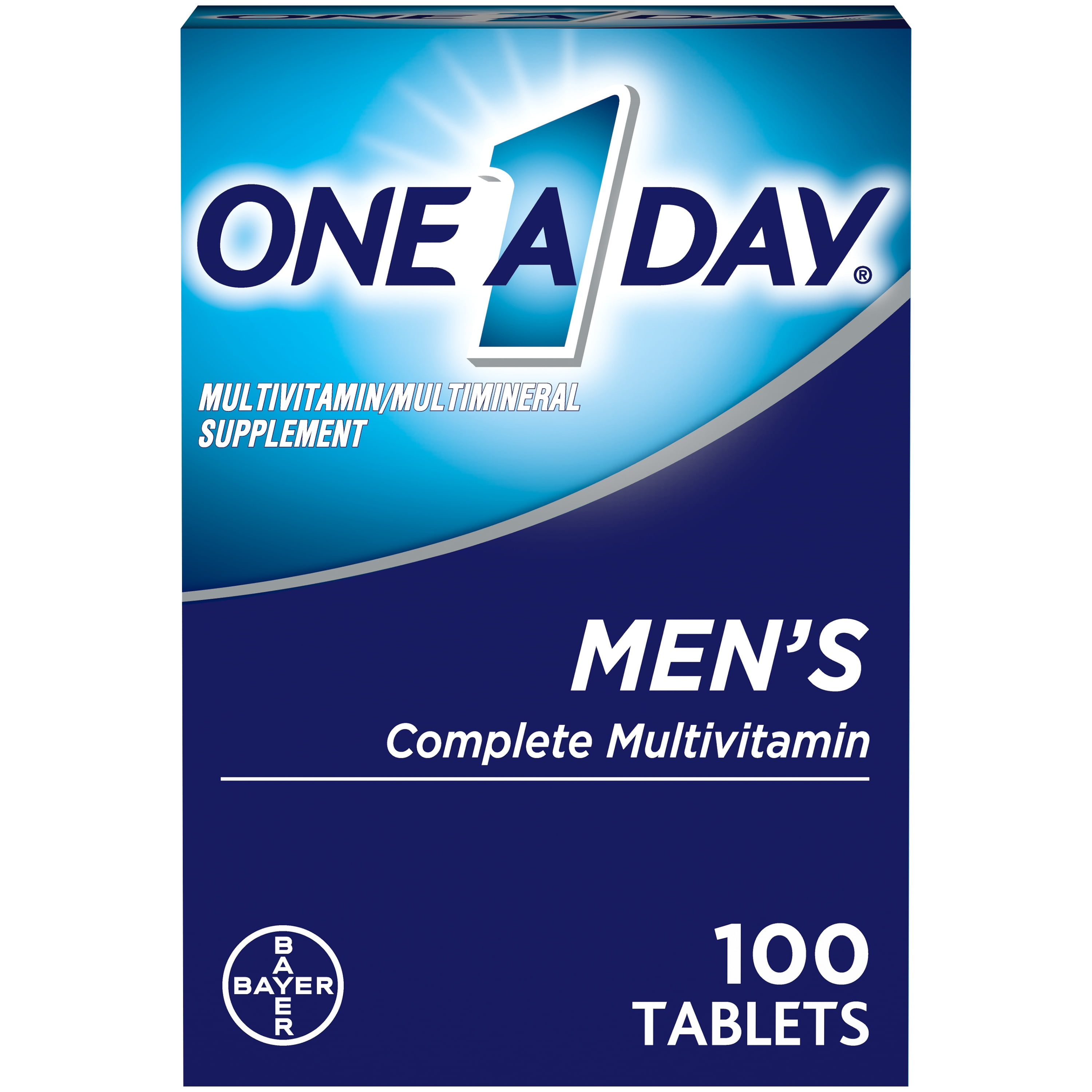
Working one muscle group per session is intense because you’re really hammering the muscles with lots of volume and intensity. On days where you’re working smaller muscle groups like your biceps, you’re not burning a lot of calories or maximizing the release of growth hormone and other anabolic hormones. It’s this type of training that maximizes the release of anabolic hormones as well. Working a single muscle group at a time also burns fewer calories than a total body workout where you do more compound movements that work multiple muscle groups at the same time. So, taking this approach does less to enhance your functional skills. Training a single muscle group at a time doesn’t as effectively train muscles to work together to do the movements you do in everyday life. For example, when you bend over to pick something up, you use muscles in your core, back, and upper body. Muscles are designed to work together to carry out a particular movement. For one, training a single body part at a time doesn’t mimic the functional movements you do in everyday life. Cons of Working One Muscle Group per Sessionįocusing on a single muscle group per session also has some disadvantages. As some fitness experts say, you may not need to train your muscles as often as you think you do.

A study published in the British Journal of Sports Medicine involving older adults showed you CAN make significant strength gains training only once per week. You might wonder whether you’re sacrificing strength gains when you only hit each muscle group once a week. If you do, training one muscle group per session saves time because you still have time to fit in a cardio session. Make sure you have the mentality to focus intensely on one muscle group each session. One caveat: When you work your entire body each time you train, you may not have the time or energy to maximally stimulate each muscle group.

Working a single muscle group per session gives you the opportunity to really focus on that muscle group and give it the volume and intensity it needs to grow. What are the pros and cons of using one body part per day training approach? Advantages of Training One Body Part Per Day When you do this, you’re essentially working each group of muscles every 5 to 7 days, assuming you give yourself a day or two off each week. Yet another approach is to work one body part per day, devoting a single session to exercises that train a particular muscle group. Other fitness buffs use a split routine, a two-day, three-day or even a four-day split. Some people work their entire body during a single session and then wait 2 or 3 days before doing another total body workout. With so many ways to structure a strength-training workout, there’s an approach that works for everyone.



 0 kommentar(er)
0 kommentar(er)
